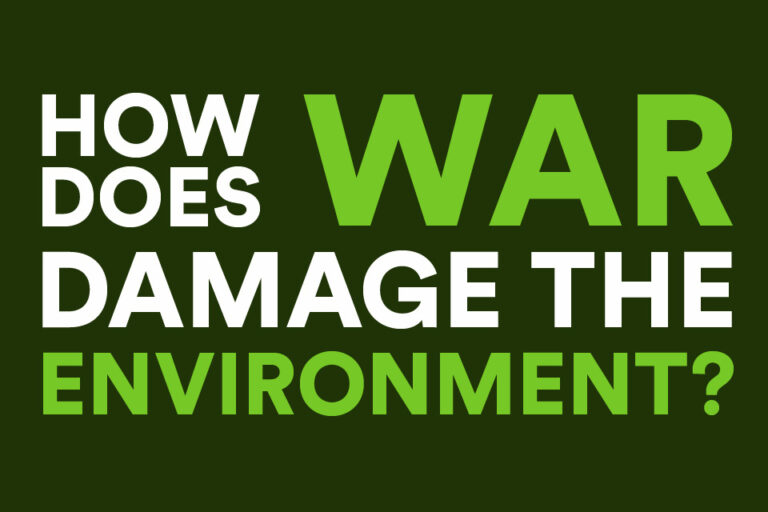The article discusses the significant environmental damage caused by conflicts, detailing how the nature and intensity of warfare affect ecological impacts. High-intensity conflicts, like the Russia-Ukraine war, generate substantial CO2 emissions, resulting in climate change repercussions. Warfare damages sensitive landscapes, pollutes air and soil from debris, and disrupts essential infrastructure, leading to severe pollution incidents.
Deliberate attacks on industrial facilities often target and harm the environment as a strategy of warfare. Additionally, land mines and explosive remnants contaminate land and water sources, while military operations generate waste that can pollute ecosystems. Environmental degradation also arises from resource extraction by armed groups, putting pressure on ecosystems.
Displacement due to conflict results in refugee camps that strain local resources and create waste management crises. Overall, conflicts hinder sustainable development, leading to long-term ecological harm that often outweighs any protective effects on certain areas. Despite some potential benefits, the article emphasizes that the environmental costs of conflict are predominantly detrimental.
Source link


